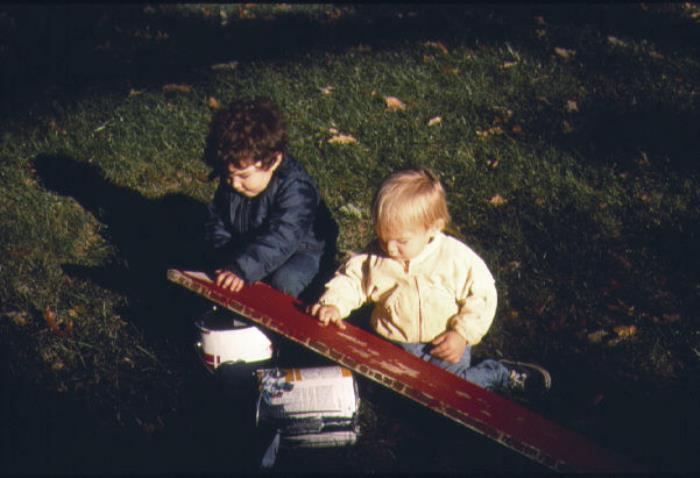More children are being poisoned, with low-income families hit hardest, according to the Conservation Law Foundation.
CONCORD – A New Hampshire state report rings alarms for the lead poisoning crisis, with 1,142 children poisoned by lead in 2023. This is the highest number of children poisoned since the state began requiring blood lead testing for one- and two-year-olds, and experts warn the real numbers could be even higher since many children are still not being tested.
Medicaid-insured children were more than twice as likely to be affected, highlighting stark inequities in health and housing.
“Every child deserves a safe and healthy home to grow up in – it’s one of the most basic building blocks of a bright future,” said Heidi Trimarco, Staff Attorney at Conservation Law Foundation. “But too many New Hampshire families are living in homes that threaten their children’s health. The state must act decisively to protect every child’s potential.”
New Hampshire’s aging housing stock remains a large driver of this crisis – more than half of homes were built before 1980 and contain dangerous lead paint and dust. Yet, testing rates for one- and two-year-olds remain far below requirements, leaving vulnerable children unprotected.
“New Hampshire’s old housing comes with hidden dangers,” Trimarco added. “The lead paint and dust hiding in these properties are putting thousands of children at risk. Investing in lead-safe homes isn’t just about health – it’s about creating stronger families and a brighter future for our communities.”
CLF is calling on lawmakers to pass HB 724, a comprehensive bill that would provide critical solutions to prevent childhood lead poisoning. This legislation prioritizes prevention over reaction, ensuring families are protected from this entirely avoidable tragedy.
The bill lowers the childhood blood lead action level from 5 micrograms/deciliter to 3.5 micrograms/deciliter; mandates that municipal building permits include the EPA-RRP license number for any person engaged in renovation, repair, or painting of buildings erected prior to January 1, 1978; directs the department of health and human services to inspect the other dwelling units when one unit in a multi-unit building has a lead hazard; and creates a rebuttable presumption that pre-1978 housing contains lead hazards.
A public hearing on the bill will be Feb. 5 at 1 p.m. in the Legislative Office Building rooms 210-211 in Concord.





